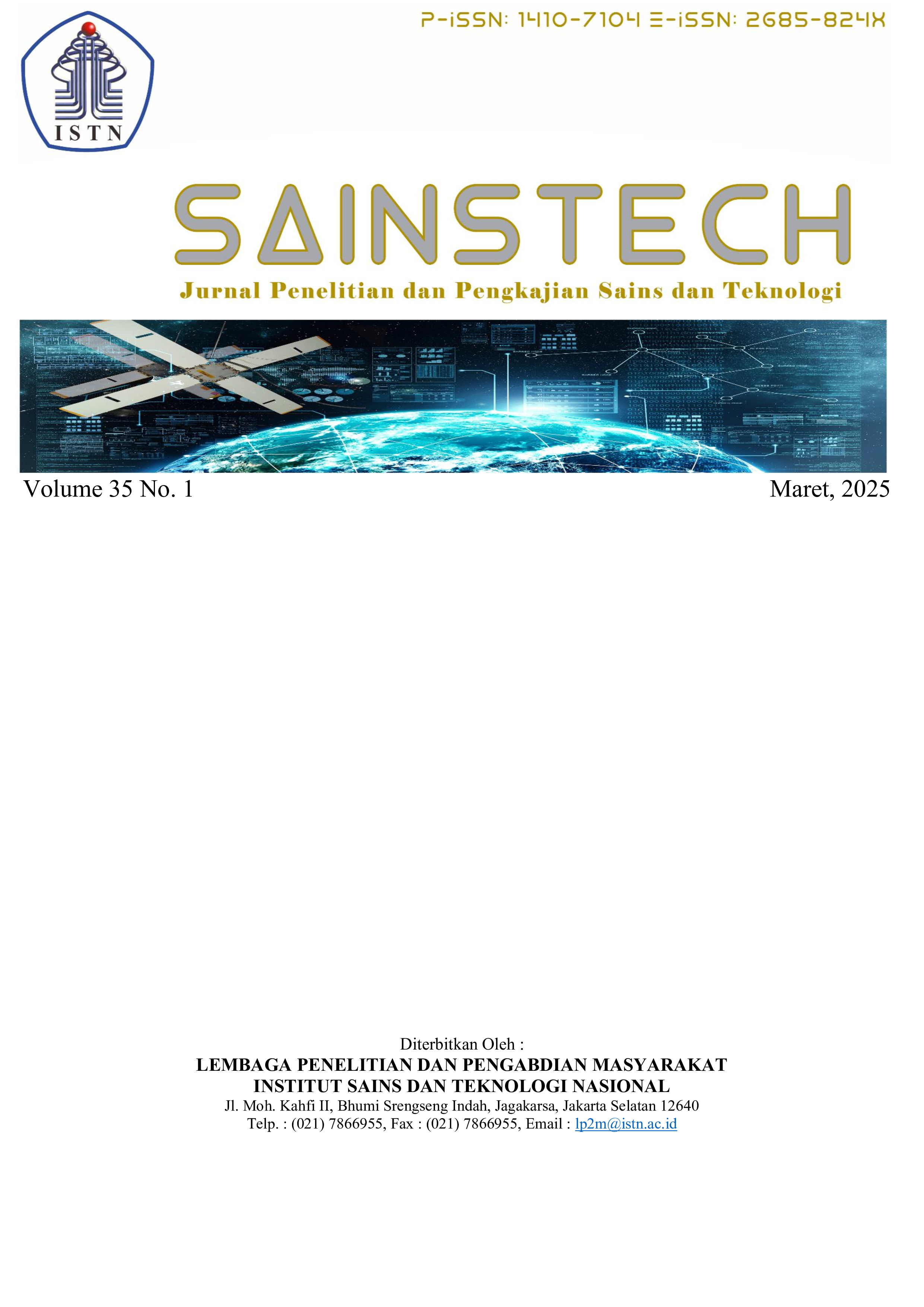Perancangan Aplikasi Mobile Layanan Lokasi Pariwisata Berbasis Android
Abstract
Kemajuan teknologi mobile telah memberikan dampak signifikan dalam berbagai aspek kehidupan, termasuk dalam sektor pariwisata. Wisatawan kini semakin mengandalkan perangkat mobile untuk mendapatkan informasi mengenai destinasi wisata, rute perjalanan, serta rekomendasi tempat menarik. Rancangan dan pegembangan aplikasi mobile berbasis Android yang menyediakan layanan lokasi pariwisata secara interaktif dan informatif, untuk membantu wisatawan dalam menemukan objek wisata terdekat, menampilkan informasi detail mengenai lokasi wisata, serta memberikan navigasi berbasis peta digital. Metode perancangan aplikasi ini mencakup analisis kebutuhan pengguna, desain antarmuka berbasis User Experience (UX), serta implementasi dengan teknologi Android Studio dan Google Maps API. Aplikasi ini juga dilengkapi fitur pencarian berbasis kategori, ulasan pengguna, serta rekomendasi wisata berdasarkan lokasi pengguna. Hasil pengujian menunjukkan bahwa aplikasi dapat membantu pengguna dalam mengakses informasi wisata secara cepat dan akurat, sehingga meningkatkan pengalaman perjalanan mereka. Aplikasi ini dapat memberikan kontribusi dalam sektor pariwisata dengan mempermudah akses informasi bagi wisatawan, meningkatkan promosi destinasi wisata, serta mendukung perkembangan teknologi informasi dalam industri pariwisata. Tahapan pengujian yang dilakukan, pengujian fungsional, pengujian desain dan pengujian penerimaan pengguna. Perangkat selular yang digunakan untuk implementasi adalah Samsung Galaxy Spica dengan sistem operasi Android 2.1. Pengujian penerimaan pengguna dilakukan dengan menyebar kuesioner harapan dan persepsi 30 orang responden. Pengujian hipotesis dilakukan dengan metoda uji peringkat bertanda Wilcoxon. Analisis penerimaan pengguna dilakukan melalui pemetaan nilai rata-rata pada diagram rating. Aplikasi mobile tourism telah berhasil melalui pengujian fungsional dan desain. Dari hasil pengujian kepada pengguna diperoleh kesimpulan bahwa ada perbedaan antara variabel persepsi dan harapan. Melalui pengujian hipotesis menggunakan uji Wilcoxon, dimana nilai Asymp Sig (0,090) < dari nilai α (0,1). Selanjutnya, uji peringkat Wilcoxon menunjukan 11 dari 14 indikator yang diujikan, nilai persepsi lebih besar dari nilai harapan, sehingga dapat disimpulkan bahwa aplikasi yang dirancang telah sesuai dengan ekspektasi pengguna yang sangat signifikan. Kata Kunci: Aplikasi Mobile, Pariwisata, Android, Layanan Lokasi, Navigasi
Published
2025-03-31
Section
Artikel













